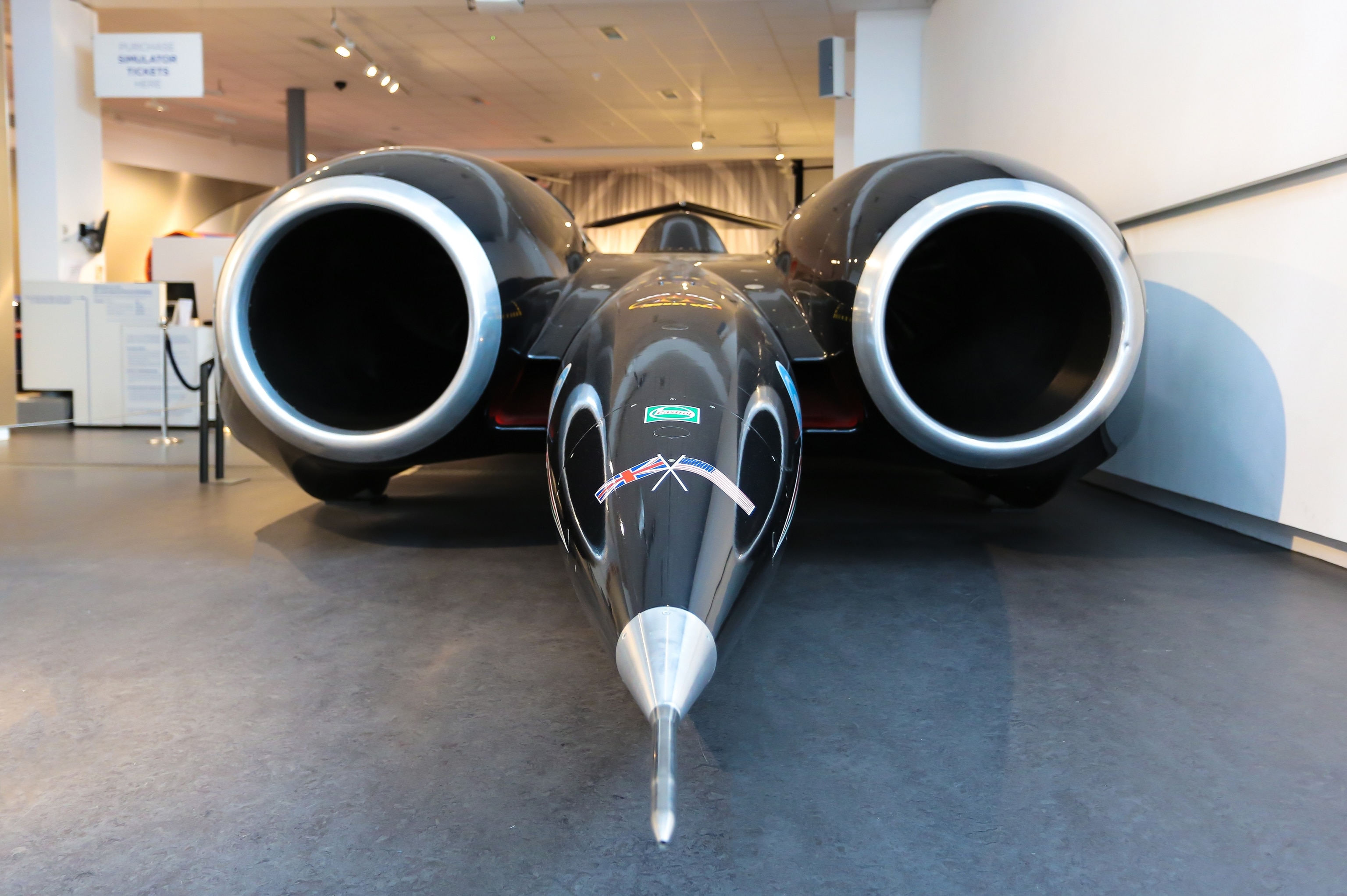Modern-day record attempts have come to rely heavily on cutting edge engineering and technology to turn dreams into reality.
In the past, many of these feats would have been confined to the pages of science fiction, or at best academic discussions. Such is the pace of development, however, that fact and science fiction are now almost only distinguished by time.
A few short years ago the following record-breaking engineering endeavors, currently impacting the world of transport, would have been considered moon-shot ideas - more Marvel-made than man-made.
The strongest lightweight
Picture a sumo wrestler on a tissue paper trampoline. What you see in your mind’s eye is a fair metaphor for our first record-breaking discovery.
In the quest to develop the lightest and strongest material ever known to man a team of researchers from the University of Manchester in England isolated a material known as graphene, for the first time in 2004. The work that won Professor Andre Geim and Professor Kostya Novoselov the Nobel Prize in physics produced a material that is one million times thinner than the diameter of a human hair but 200 times stronger than steel, making it the strongest material in the world.
Retire the horses
Late 19th-century Scottish engineer James Watt would be somewhat shocked by this next record-breaking development. Having once compared the output of steam engines to the power of a draft horse, it’s fair to say Mr. Watt would now need to select a new animal comparison to portray Koenigsegg’s latest creation.
Engineers at the Swedish manufacturer of high-performance Hyper Cars have managed to produce the most powerful series production engine ever. A 1600 hp, twin-turbocharged V8 monster that will be fitted to the company’s new Megacar – the Jesko.
That's more or less the same power produced by 160 Mazda family sedans. Although that comparison is only slightly better than draft horses.
Sadly, while all this horsepower is remarkable, at higher speeds most of this is used to overcome air resistance, or more correctly put, drag. Which brings us to our next record-breaking activity.

With drag being an enemy of performance and fuel efficiency, engineers in all sectors of transportation are working on ways to reduce it. Drag increases exponentially with speed, meaning that as the speed doubles the drag quadruples.
What a drag
As children, we felt the joy of holding our hand out of a moving car’s window on a hot summer’s day. We’ve also all felt the air resistance against it. This is drag.
No doubt with this experience somewhere in the back of their minds, engineers at Mercedes Benz took the drag challenge so seriously when designing the new A-Class saloon, which holds the record for the most aerodynamic production car on sale, that they enclosed the entire underbody and painstakingly designed the headlights to fit flush with the bodywork.

Even though record-breaking feats in aerodynamics, materials, and horsepower are noteworthy, the ultimate challenge will always be to see just how fast a car can go.
The need for speed
At 60mph the fastest animal on the planet is the cheetah. This record performance easily outpaces the fastest man in the world, Usain Bolt, who only notches up a comparatively snail-like, 23.35mph.
Things change dramatically, however, when our need for speed goes mechanical.
In October 1997 Thrust SSC, a twin turbofan jet-powered car and the current holder of the Outright World Land Speed Record, clocked more than 763 mph over one mile. Just before it crossed the line it also became the first land vehicle to go supersonic, as it went through the sound barrier at Mach 1.016.
Now you might say there’s nothing new about that speed record. And you would be right. However, the unsung heroes of any world record attempt involving a car, airplane, or motorcycle are the fuels, lubricants, and other fluids without which, such records would simply not be possible.

Greasing the wheels
As motor cars become more sophisticated, produce more power, and go faster, oil companies are continually developing new automotive fuels, lubricants, and fluids that support the setting of new records, such as the one that Natasha Chang established for the Fastest ascent of Doi Chang mountain road by car.
In getting Natasha’s record-setting Honda across the line in a world-record time, the engine would have been run at speeds approaching 9,000RPM, while having to overcome a loss in power of about 10 percent for every 1,000 meters climbed.
These figures take on new meaning when you consider that at 9,000RPM the difference between a winning and a catastrophic bearing failure lies with a film of oil thinner than a human hair. That’s reason enough for Caltex, a manufacturer of automotive fuels, lubricants, and fluids, to be acknowledged as a worthy partner in Natasha’s record-setting climb up Doi Chang mountain.

While world records will always have a human endeavor at heart, the contribution of technology developments by companies like Caltex also deserves recognition for how far they are helping to blur the lines between science and fiction.
Visit Caltex Record Rides to discover more about world record-setting drives.






